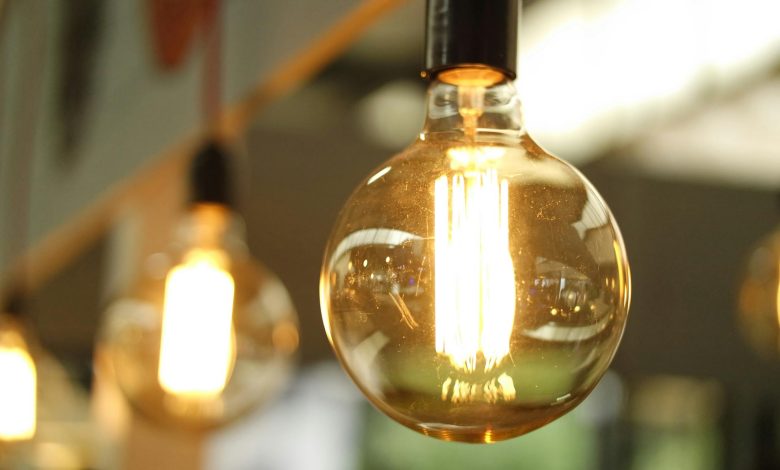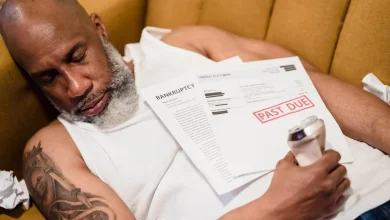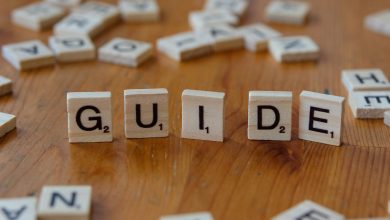2025 Home Energy Audit Cost Guide: Save $400+ Annually with These Steps

In 2025, with energy costs on the rise and environmental concerns becoming more pressing, homeowners are increasingly seeking ways to reduce their energy consumption and save money. One of the most effective strategies is conducting a home energy audit. This comprehensive guide will walk you through the importance of energy audits, how to perform a DIY audit, the benefits of professional assessments, and how to leverage available rebates and incentives.
Table of Contents
Understanding the Importance of Home Energy Audits
The Impact of Energy Waste
According to the U.S. Department of Energy, the average household wastes about 30% of its energy due to inefficiencies. This not only leads to higher utility bills but also contributes to increased greenhouse gas emissions. By identifying and addressing these inefficiencies, homeowners can significantly reduce their energy consumption and environmental footprint.
Financial Benefits
Implementing the recommendations from a home energy audit can lead to substantial savings. Homeowners can expect to save over $400 annually by addressing issues such as air leaks, inadequate insulation, and inefficient appliances. Additionally, many utility companies and government programs offer rebates and incentives to offset the costs of energy-efficient upgrades.
DIY Energy Audit Checklist
Conducting a DIY energy audit is a cost-effective way to identify obvious energy inefficiencies in your home. While it may not be as comprehensive as a professional audit, it can still provide valuable insights.
1. Analyze Energy Consumption
- Review Utility Bills: Examine your energy bills over the past year to identify patterns and peak usage periods.
- Compare Rates: Ensure you’re on the most cost-effective energy plan available.
2. Inspect Heating and Cooling Systems
- HVAC Maintenance: Check filters and replace them if dirty.
- Thermostat Settings: Ensure your thermostat is programmed efficiently.
- Ductwork: Inspect for leaks or disconnections.
3. Check Insulation Levels
- Attic and Walls: Assess insulation thickness and coverage.
- Basement and Crawl Spaces: Look for exposed areas lacking insulation.
4. Identify Air Leaks
- Windows and Doors: Use a candle or incense stick to detect drafts.
- Electrical Outlets and Switches: Feel for air movement around these areas.
- Attic Access Points: Ensure they are properly sealed.
5. Evaluate Lighting and Appliances
- Lighting: Replace incandescent bulbs with LED alternatives.
- Appliances: Assess the energy efficiency of major appliances and consider upgrades if necessary.
Pro Tips:
After completing your home energy audit, take your savings and efficiency to the next level by exploring more advanced strategies.Check out our Intermediate Guide to Home Energy Tips for 2025 for practical upgrades, smart home solutions, and deeper energy insights that can build on your audit results.
Professional Energy Audits: When and Why
While a DIY audit can uncover many issues, a professional energy audit provides a more thorough assessment using specialized equipment.
Benefits of Professional Audits
- Blower Door Test: Identifies air leaks by depressurizing the home.
- Thermal Imaging: Detects heat loss areas not visible to the naked eye.
- Comprehensive Report: Provides detailed recommendations for improvements.
Cost of Professional Audits
The cost of a professional home energy audit varies based on factors such as home size and location. On average, homeowners can expect to pay between $200 and $700 for a comprehensive assessment.
Leveraging Rebates and Incentives
To encourage energy efficiency, various programs offer financial incentives for homeowners.
Federal Tax Credits
Under the Inflation Reduction Act, homeowners can receive a tax credit of up to $150 for a home energy audit.
State and Local Programs
Many states and municipalities offer additional rebates for energy-efficient upgrades. Check with your local energy office or utility provider for available programs in your area.
Case Study: Real-World Savings
Consider the example of a homeowner who conducted a professional energy audit and implemented the recommended improvements, including sealing air leaks, upgrading insulation, and replacing outdated appliances. As a result, they reduced their annual energy costs by over $500, demonstrating the tangible benefits of energy efficiency measures.
Conclusion
A home energy audit is a valuable tool for identifying inefficiencies and reducing energy costs. Whether you choose a DIY approach or hire a professional, the insights gained can lead to significant savings and a more comfortable living environment. With available rebates and tax credits, 2025 is an opportune time to invest in your home’s energy efficiency.
Frequently Asked Questions
Q: How much does a home energy audit cost in 2025?
A: Costs range from $200 to $700 for a professional audit, depending on home size and location.
Q: Can I perform an energy audit myself?
A: Yes, a DIY audit can identify obvious issues, but a professional audit provides a more thorough analysis.
Q: What is a blower door test?
A: It’s a diagnostic tool used in professional audits to detect air leaks by measuring the home’s airtightness.
Q: Are there financial incentives for energy audits?
A: Yes, federal tax credits and various state and local rebates are available to offset costs.
Q: How often should I have an energy audit?
A: It’s recommended every 5–10 years or after significant home renovations.



